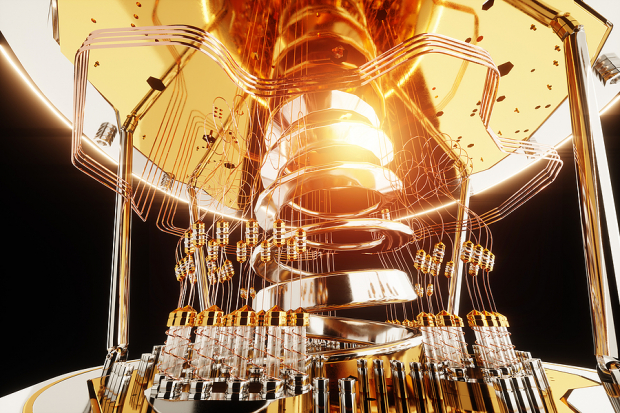In 2025, D-Wave Quantum QBTS and International Business Machines Corporation IBM have emerged as prominent players in quantum computing, a niche that is currently getting commercialized at an accelerating pace. The two companies pursue fundamentally different approaches in terms of market focus, technological architecture and strategic scale. D-Wave Quantum, a pure-play quantum computing firm, concentrates on practical, near-term applications using its annealing-based systems. Its first-quarter 2025 performance highlighted expanding customer adoption, international growth and growing traction in hybrid quantum-classical solutions aimed at solving real-world optimization problems.
IBM, in contrast, is integrating quantum computing into its broader hybrid cloud and AI strategy, with a long-term focus on fault tolerance and scalability. In the first quarter, it unveiled the first IBM Quantum System Two outside the United States at RIKEN in Japan, powered by the 156-qubit Heron processor and outlined plans for IBM Quantum Starling, a large-scale, fault-tolerant quantum system targeted for 2029. By linking quantum systems with classical supercomputers like Fugaku, IBM is positioning itself at the forefront of scientific and commercial innovation.
For investors, comparing these two quantum frontrunners raises a compelling debate: is it better to bet on QBTS’ speed-to-market or IBM’s scale-driven vision? Let’s find out.
QBTS Outperforms IBM, Industry, Benchmark
Over the past year, shares of D-Wave Quantum have skyrocketed 1312.3%, handily outperforming the sector’s 8.2% gain and the S&P 500’s 11% rally. IBM outperformed the sector and benchmark but underperformed QBTS with a 76.2% rally in its stock price during the same period.
Image Source: Zacks Investment Research
Growing Commercial Momentum with a Production-Ready Quantum System: D-Wave Quantum is gaining strong traction with enterprise customers. It signed multiple six- and seven-figure deals in the first quarter of 2025, including a landmark $5 million multi-year subscription with a top-five global financial services firm. Added to this, in May 2025, QBTS announced the general availability of its sixth-generation Advantage2 quantum computer featuring over 4,400 qubits, enhanced 20-way connectivity, doubled coherence time and 75% noise reduction. Available both on-premise and via the Leap cloud platform, Advantage2 delivers commercial-grade performance today, accelerating adoption across optimization, AI and materials science applications.
Real-World Impact Through Hybrid Quantum-Classical Solutions and Supremacy: D-Wave’s hybrid quantum-classical platform is seeing increasing adoption, with its Quantum Cloud Service (QCS) and hybrid solvers enabling enterprises to solve complex optimization problems today. These solutions are already in production, delivering material benefits. Ford Otosan cut scheduling time by over 80%, and Japan Tobacco accelerated drug-discovery simulations, while Julich Supercomputing Centre and Davidson Technologies integrated D-Wave systems into exascale-class infrastructures. Adding to this momentum, QBTS recently demonstrated quantum supremacy in a materials-science simulation, executing in minutes what would take one million years and enormous energy on the fastest classical supercomputers, validating the company’s near-term commercial and scientific potential.
Story Continues

